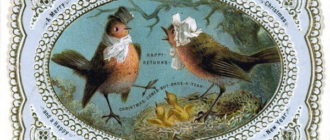
Neo-Impressionist paintings. Relatively few Americans know that our country’s finest collection of Neo-Impressionist paintings is at the Indianapolis Museum of Art (IMA). A whole separate article could be written about how this came to be, but now it’s time to focus on an unprecedented exhibition made possible primarily by the museum’s strength in this area.
Over many years, IMA curator Ellen Wardwell Lee has collaborated with Jane Block, a professor of art history at the University of Illinois,
to select for this project more than 30 paintings and 20 works on paper, made by 15 different painters from France, Belgium, and the Netherlands.
The works themselves come not only from the IMA’s rich holdings, but also from public and private collections.

This innovation occurred more than four decades after photography made realistic images widely available. Though the portraitists in this show
remained interested in physical resemblance, photography’s ubiquity actually freed them up to emphasize their sitters’ psychological or spiritual identity, their own emotional connections with those sitters, and their own techniques.

For those who think it’s no longer possible to buy a great Neo-Impressionist portrait, it most certainly is — for a serious price. In New Orleans,
M.S. Rau Antiques is offering this compelling image of a daydreaming wet nurse seated in a park. Its Belgian creator, George Morren, was
trained in Antwerp but moved to Paris in the late 1880s, the perfect moment to participate in the movement examined in Indianapolis this
season. As with other Neo-Impressionist pictures, Morren’s tiny dots of pure color seem haphazard up close, but when we back away, our eyes instinctively blend those colors into a coherent vision. The picture’s title underscores the melancholic tendencies of Symbolism in play at this date: the nurse is renewing the vitality of her client’s infant through breastfeeding, though we are left wondering if she will have enough time or energy to nourish her own child.







